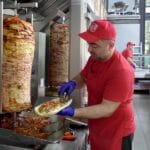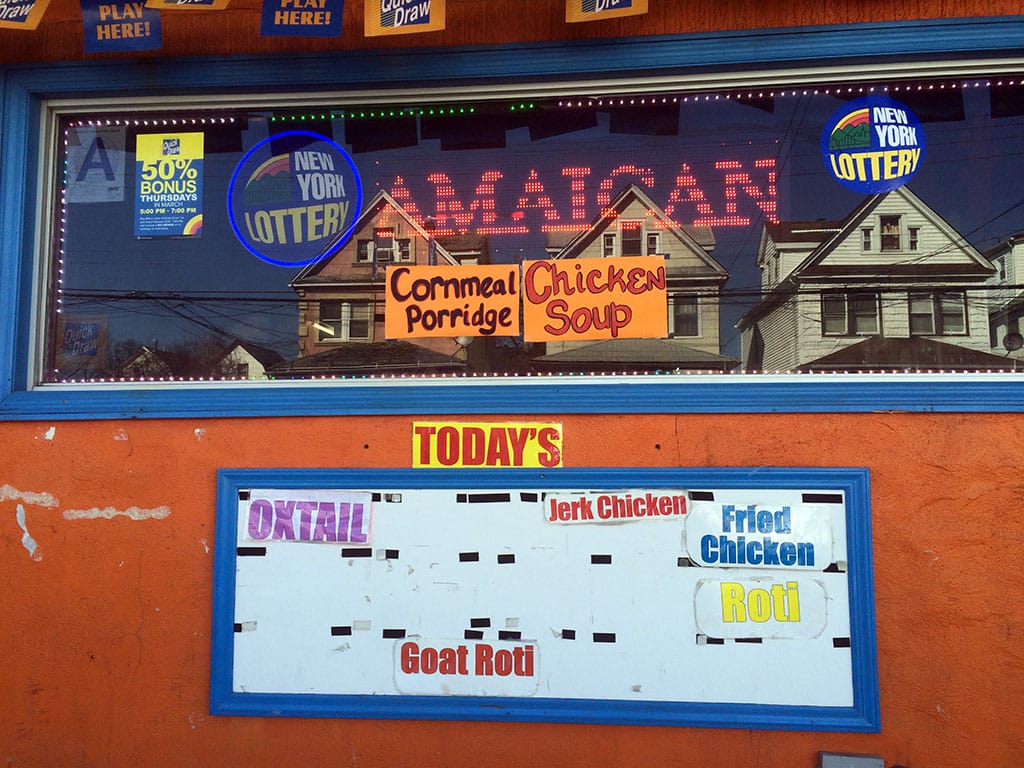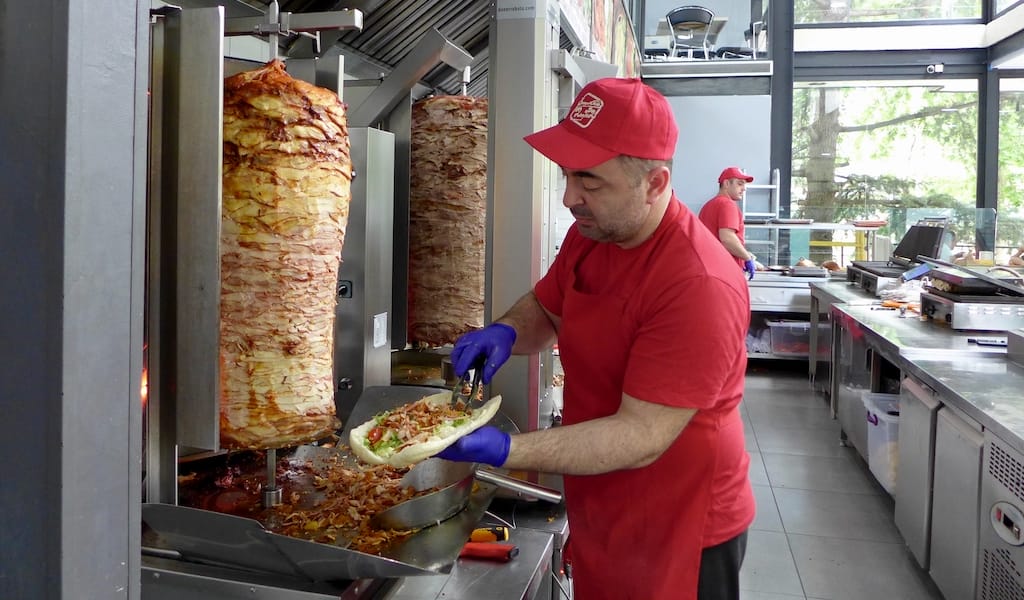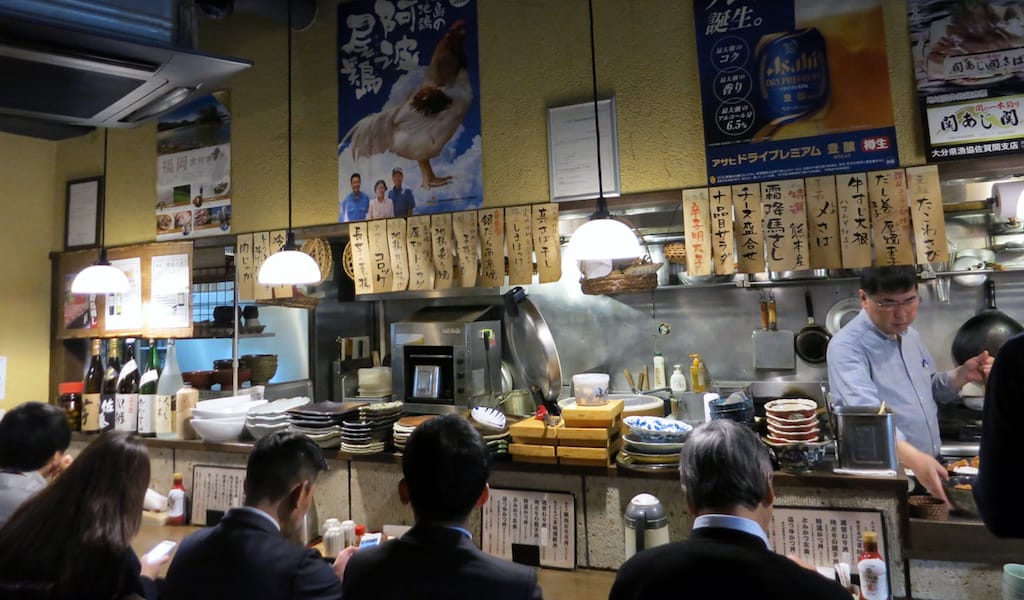Culinary Backstreets is delighted to present a year-long monthly series of stories on migrant kitchens from the world’s most diverse place – Queens, NY. Through interviews, photos, maps and short films, the Migrant Kitchens Project will share not only what challenges and joys immigrants face as they create their new home but also how they strengthen the city.
Migrants may have arrived empty-handed, but they weren’t empty-headed. Discovering Queens, appreciating people’s stories and engaging their cultures through food ultimately nourishes us all. Join us as we enter the migrant kitchens of Queens in restaurants, on the streets, from carts and in homes.
In the first set of dispatches, we take a deep dive into Queens’s history to understand how the area’s cultural and urban geography came to be defined.
Queens vibrates. Geographically, it is the largest of the five boroughs. Immigrants define Queens. It is the epicenter of some of the greatest human variety in the world, and with it comes incredible diversity – cultural, linguistic and culinary. Migrants showcase their distinctive origins in what they choose to stock, make or sell in restaurants, food markets, farmers’ markets, bodegas and street carts.
Considering Queens’s urban sprawl today, it’s hard to imagine that the borough was once a place of lush ecological diversity. Yet the ancient routes that the area’s original “migrants” – the NativeAmericans who first called the area home – once traveled to exchange, buy and sell foods and goods remain. These routes, now paved over arteries like Astoria Boulevard and Atlantic Avenue, still define the landscape.
Culinary diversity and food security defined the landscape before colonialism. When the Dutch and then English settlers colonized the area in the early 1600s, they were stunned by so much unexploited potential. “The land is excellent and agreeable full of noble forest trees and grape vines,” wrote one Dutch colonist at the time, “and nothing is wanting but the labor and industry of man to render it one of the finest and most frui
tful lands in that part of the world.”
Fast-forward 200-plus years: New York’s native populations plummeted because of colonization, war and disease. Europeans conquered and forced a different set of values on the people and the land. Still, native names persist in Queens (and other parts of New York): Rockaway, Canarsie, Maspeth, Jamaica, Kissena and Pomonok are just a few of them.
Though the biological and cultural diversity no longer exist in the same measure, fragments of ancient Native travel and trade routes endure. Forged centuries ago, these early routes – the Rockaway Trail, Flushing and Astoria Trails – continue to transport Queens residents today and still determine where they trade, sell and buy their goods and, of course, where they go to eat.
For those interested in exploring Queens’s old and new food routes, here are some recent discoveries made during our research for this series:
Patel Brothers, Jackson Heights
This is the best one-stop shop for fresh produce, condiments, rice varieties, ghee and every other subcontinental necessity to create your next meal. There are plenty of prepared and frozen foods too, if you want the taste without the work.
Address: 37-27 74th Street, Jackson Heights, NY 11372
Telephone: (718) 898-3445
Byungchun Soondae, Flushing
Little to no English is spoken at this restaurant – open 24 hours – which specializes in blood sausage and hearty soups and stews – just the thing to nurse your hangover with. The eatery is generous with the banchan, or side dishes that accompany the meal, including kimchi, often cut with scissors out of the fermenting pot onto your plate.
Address: 15603 Northern Blvd, Flushing, NY 11354
Telephone: (718) 460-1044
Mary’s Dominican Cakes, Elmhurst
This woman-owned, family-run bakery is a sweet spot in Elmhurst, with a welcoming family-friendly vibe. Around the holidays, it’s best to pre-order, way in advance.
Address: 94-54A Corona Ave, Queens, NY 11373
Telephone: (718) 592-4055
Hong Kong Supermarket, Elmhurst
This branch of the New York City chain sells all things Asian at rock-bottom prices. The variety of fresh and preserved meats and seafood is a particular draw.
Address: 82-02 45th Ave, Flushing, NY 11373
Telephone: 718-651-3838
Sakura Ya Japanese Market, Forest Hills
This small gem of a market specific to Japanese foods is notable for its helpful owner and equally kind staff.
Address: 7305 Austin St, Flushing, NY 11375
Telephone: (718) 268-7220
Sutphin African Food Market, Jamaica
If you’re in search of West African cassava, dried fish and palm oil, this is the place to find them. The market is small but packed with basics, and there’s a butcher in the back who can help you get just the cut you need.
Address: 11643 Sutphin Blvd, Jamaica, NY 11434
Telephone: (718) 322-1344
Editors’s Note: We are sorry to report that Sutphin African Food Market is closed.
Queens Migrant Kitchens Intro SKKhan & Culinary Backstreets 2016 from Sarah K Khan on Vimeo.
To read the rest of the “Queens Migrant Kitchens” stories, click here.
(Additional funding for this piece was provided by the Buenas Obras Fund)
 May 30, 2019 Köy Börek
May 30, 2019 Köy Börek
Baruthane Avenue perpendicularly ascends from the beginning of Dolapdere Avenue, a […] Posted in Istanbul June 30, 2023 Gldani: Shawarma City
June 30, 2023 Gldani: Shawarma City
Gldani was built on the northern outskirts of Tbilisi during the 1970s and 1980s as a […] Posted in Tbilisi January 30, 2018 Gentrification Busters
January 30, 2018 Gentrification Busters
The city of Tokyo has over 1,000 train stations, which translates to just about that […] Posted in Tokyo
Published on February 07, 2016
Related stories
May 30, 2019
IstanbulBaruthane Avenue perpendicularly ascends from the beginning of Dolapdere Avenue, a mysterious valley of shady night clubs, hotels and auto repair shops. It passes through our dear neighborhood of Kurtuluş, at one point intersecting with its main street and continuing on in a more commercial character. The first few blocks of Baruthane are lined with…
June 30, 2023
Tbilisi | By Clément Girardot
TbilisiGldani was built on the northern outskirts of Tbilisi during the 1970s and 1980s as a satellite city of well-ordered concrete towers for the working masses. Newer and pricier (though still uninspired) real estate developments are now challenging the Soviet blocks, but Gldani still remains predominantly a working-class district. Located around the last stop of…
Visit some of Tokyo’s old-school spots on our culinary walk!
January 30, 2018
TokyoThe city of Tokyo has over 1,000 train stations, which translates to just about that many neighborhoods. In recent years many of these communities have succumbed to top-down corporate “urban renewal,” losing the small shops and restaurants that created distinctive local flavors. With an average shelf life of 30 years for buildings, most Tokyo real…
















































































